Can It Be Done? Can You Actually Find Gold With A Magnet?
Wouldn’t it be so much easier to find gold if you could just search for it in the ground or in water with magnets? Rather than having to strike gold while mindlessly digging in random places?
Can it be done? Can you actually find gold with a magnet? Gold is NOT attracted to a magnet. One way of telling if your jewelry is actually gold is by using a magnet. If your gold is magnetic, then there is iron or nickel inside of it.
Pure gold is not attracted to magnetic fields, but if an enormous magnetic field is applied to gold, the gold will slightly move and then slightly repel it. However, this is only so slightly and so no, it cannot be found with magnets.
Can Gold Be Found With a Magnet?
Properties of Gold:
- It’s atomic number is 79- so it has 79 electrons
- It is soft and malleable
- It is one of the least reactive chemical elements
- It is resistant to most acids
- It dissolves in alkaline and mercury
The property of magnetism in metals comes from electrons and whether they are paired or unpaired in their configuration. Each metal has a certain number of electrons based on their atomic number and atomic weight, which then orient themselves in the most efficient manner possible.
The electrons all line up in their respective energy, or orbital, levels and pair up. Sometimes, the number of electrons run out, and the other electrons do not have a mate to share their orbital with. This causes them to spin freely and contribute to magnetism.
The more unpaired electrons a metal has, the more magnetic it is. Iron has a strong magnetic field because it generally has 4 or 5 unpaired electrons, depending on the oxidation state or ion it is. Gold on the other hand, only has 1 unpaired electron so there is much less potential for it to create a net magnetic dipole.
Another property that contributes to gold’s non-magnetic characteristics is that it is both paramagnetic and diamagnetic.
Paramagnetism is when a material is attracted to a magnetic field and its force is related to the alignment of the electrons within the metal. Diamagnetism occurs when the changing of an external magnetic field induces currents in the metal, causing it to repulse from the magnetic field.
Since gold is both paramagnetic and diamagnetic, both cancel one another out and become weak. So a strong magnet will attract gold ever so slightly and will also repel it.
Therefore, and unfortunately for mining purposes, a magnet that can overcome both effects and heighten the effects of either only, does not exist.
How To Tell If Gold Is Real
Gold is very valuable and worth a lot of money, so scammers often coat other materials in order to trick people into believing it is real gold. Most jewelry that is referred to as gold is actually a mixture of silver and gold. However, silver is also not attracted to magnets, so who knows if your gold is really gold!
There are several different types of gold, all made of mixtures of different metals. Differentiating between different golds and gold itself requires a professional to use a combination of magnets, electronic testing, and requires him or her to conduct chemical tests.
There are different methods to determining if gold is real. International standards state that anything consisting of less than 41.7%, or 10 karats, of gold is considered to be fake.
If you take your gold to a certified jeweler, he or she will first do a visual inspection to look for an official number marking the gold, which should show you what percentage of gold it is.
A common way to test if the gold is real is by holding a strong magnet to it. If the jewelry is pulled towards it, it is impure or fake.
Another way to determine if your gold is fake is by finding any noticeable discolorations where the gold has worn away. Considering gold is a soft metal, if the gold is plated, it will rub off over time. The best place to check is around the edges of the jewelry or coin. Any discolorations on your skin after wearing the jewelry is also a good indicator.
Real gold is a dense metal so dropping the metal into a container filled with water, and seeing if it sinks is another easy test. Imitation gold is much lighter and will float.
Rubbing gold on ceramic to see if it leaves a streak is one of the best ways to differentiate between real and fake gold. If it leaves a streak that is black, it is not real. However, if it leaves a gold streak, that means the gold is authentic.
Different Types of Gold:
- White gold- mixture of pure gold and platinum
- Yellow gold- mixture of pure gold with silver, copper, and zinc
- Rose gold- alloy of gold, copper, and silver
- Green gold- mixture of gold, silver, and sometimes copper
Different Types of Gold You May Be Able to Find With A Magnet
Yes, we just went over that one cannot find pure gold while magnet finishing. If you do find something that resembles gold, it probably contains another metal or is plated. However, a little bit of gold never hurt anyone.
There are several ways to plate gold, allowing it to be magnetic depending on the amount of other metal it contains. Here are some of the different types and their descriptions.
Gold Plating Options:
- Gold layered
- Gold leaf
- Gold plated- gold electroplated
- Gold overlay- rolled gold plated
- Gold filled
- Vermeil
There are no restrictions on the simple gold layered option, so it can actually be a super thin gold layer.
Gold leaf is usually 22K or 24K gold that has been hammered down into extremely thin layers.
Gold plated means that it has a very thin layer of gold on the surface of a metal. The gold is at least 10K.
Gold overlay has the thickest gold coating and is more durable over time. It must also be at least 10K gold quality but can be lower than 1/20 of the total weight.
Gold filled jewelry is not actually filled with gold and the gold content must be at least 5% of the total weight.
Vermeil has a thick gold layer attached to sterling silver as the base. It is usually the best plated gold to have.
Related Questions
Can gold be found as an alloy naturally?
Yes. Gold usually naturally occurs as a solid in series with silver and it can also be naturally alloyed with copper and palladium. Less commonly, it occurs in minerals as a compound, often with tellurium.
How do you separate gold from other metals?
The process of separating gold from other metals consists adding a specific acid that dissolves the silver, zinc, and copper. Gold and platinum may be left behind, which requires the addition of boiling sulfuric acid that will dissolve the platinum and leave behind the gold. After washing these metals, one can run a magnet over the gold to remove leftover impurities.
What Gold Karat is most Ideal for Jewelry?
24K gold is not alloyed with other materials, but it tends to bend or scratch easily. 14K and 18K gold is ideal for jewelry because it is tougher and is alloyed with other metals in lower percentages. 10K gold is 58.3% composed of other metals, which makes for it to be more affordable than the other three mentioned.
Related products - Can It Be Done? Can You Actually Find Gold With A Magnet?
-
Rubber magnet, Disc 22x11 mm.
MAGZ-043-R
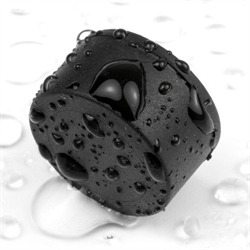
Strength 7.1 kg. 5,40 6,75 EUR
In stock -
Strong office magnet, White Triangle
MAGZ-304-K
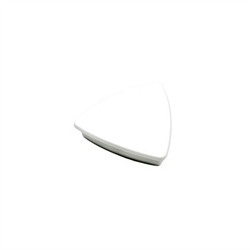
Strength 1.5 kg. 2,04 2,55 EUR
In stock -
Magnetic collector Flex, 500 mm.
MAGZ-1203-V
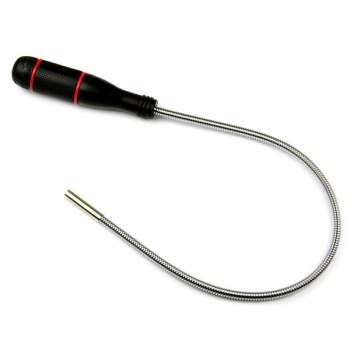
Strength 600 g. 10,20 12,75 EUR
In stock -
Power magnet, Ring 6x2x2 mm. (neodymium)
MAGZ-145-P
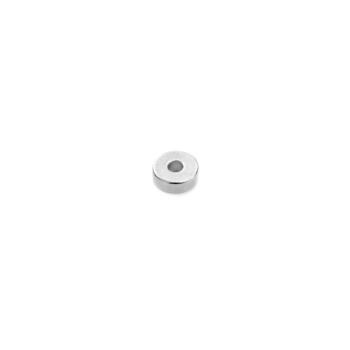
Strength 760 g. 0,64 0,80 EUR
In stock -
Power magnet, Disc 8x2 mm., Gold
MAGZ-4006-G
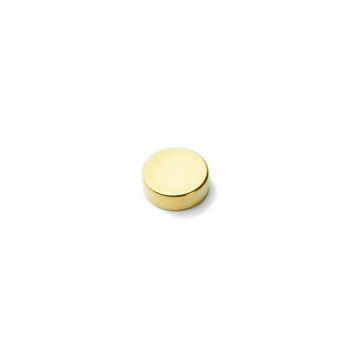
Strength 1.1 kg. 1,40 1,75 EUR
In stock -
BNT Office Magnet, Red Ø30 mm. (6-pack)
MAGZ-312-BNT

Strength 300 g. 2,68 3,35 EUR
In stock -
Countersunk channel magnet 15x15x4 mm.
MAGZ-169-P
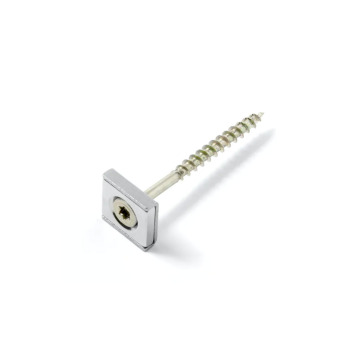
Strength 5.5 kg. 3,64 4,55 EUR
In stock -
Magnetic bowl for nails & screws, Ø148 mm (large)
MAGZ-1438-U
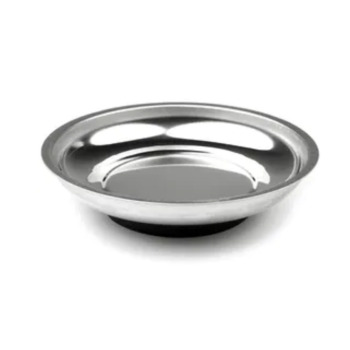
7,40 9,25 EUR
In stock -
RAINBALL, 8-pack - fridge magnets
MAGZ-646-K
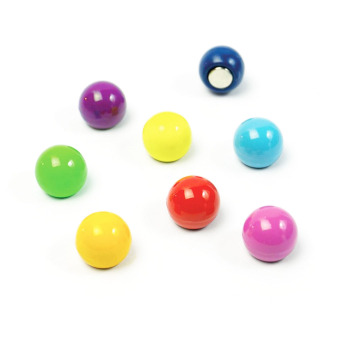
Strength 500 g. 9,12 11,40 EUR
In stock -
TIMBER ROUND magnets, 5-pack - fridge magnets
MAGZ-429-K
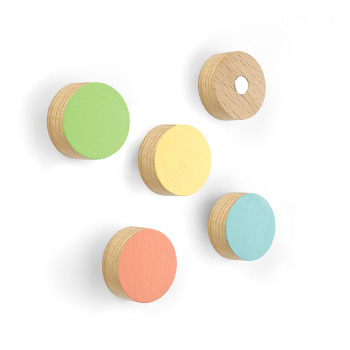
Strength 400 g. 10,20 12,75 EUR
In stock -
CUBE magnets w. cover 10x10x10 mm. (4-pack)
MAGZ-479-K
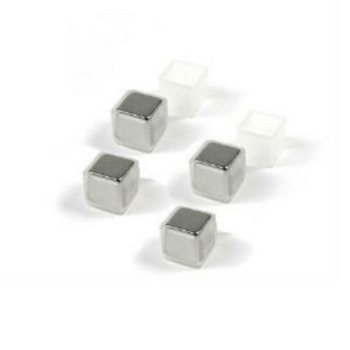
Strength 3.2 kg. 12,56 15,70 EUR
In stock -
CUBE power magnets 8x8x8 mm., 6 pack, silver
MAGZ-690-K

Strength 1.5 kg. 12,80 16,00 EUR
In stock -
GOAT magnets 5 pack - Fridge magnets
MAGZ-597-K
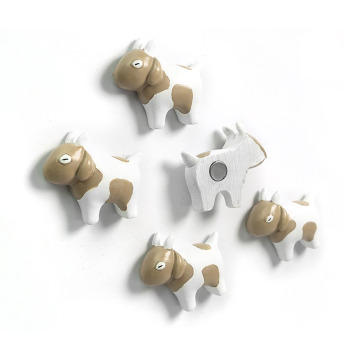
Strength 400 g. 10,60 13,25 EUR
In stock -
Work Gloves, HandyFit size S/7
MAGZ-007-V

3,08 3,85 EUR
In stock -
Magnetic tape, Grey, 50 mm x 1 m, Self-adhesive
MAGZ-222-M
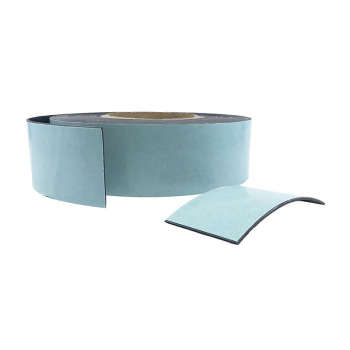
11,28 14,10 EUR
In stock -
Pot magnet w. threaded stud, Ø48 mm.
MAGZ-1408-U
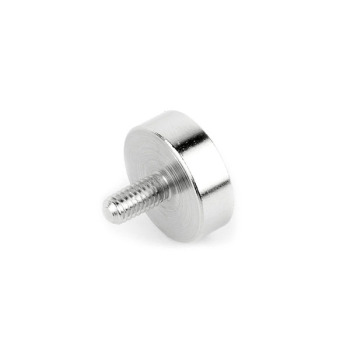
Strength 85.0 kg. 16,64 20,80 EUR
In stock -
D-Shape 2-rings Ring Binder Mechanism WITHOUT MAGNETS
SPEC-7010-UM
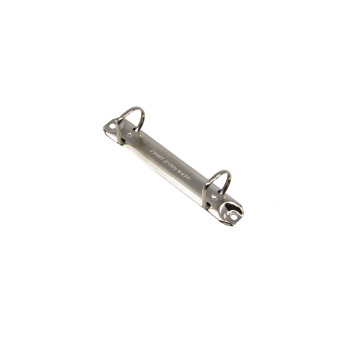
Not a magnet 2,20 2,75 EUR
In stock -
UHU double-sided tape (roll 1.5 meters)
MAGZ-721-L
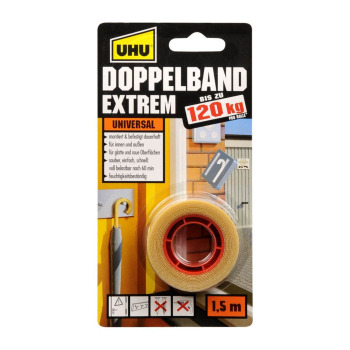
14,92 18,65 EUR
In stock -
Countersunk magnet 50x4 mm. (neodymium)
MAGZ-165-P
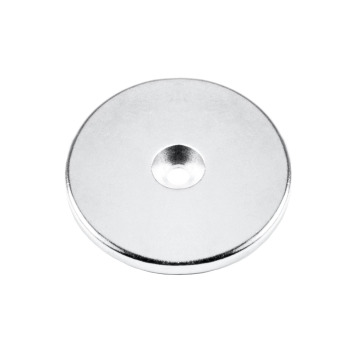
Strength 14.0 kg. 11,40 14,25 EUR
In stock -
C-profiles, Magnetic signs 40x10 mm, 10 pack
MAGZ-217-C
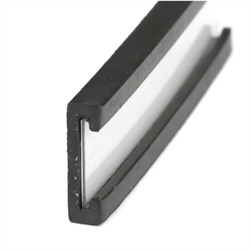
4,32 5,40 EUR
In stock -
Ferrite magnet, Disc 10x5 mm.
MAGZ-1003-F
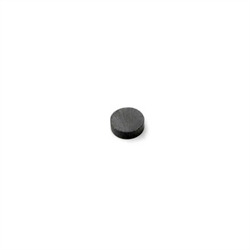
Strength 300 g. 0,88 1,10 EUR
In stock -
Football magnets, 4 pack
MAGZ-420-K
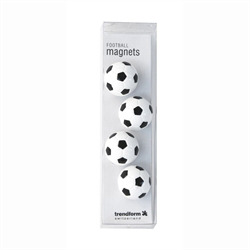
Strength 400 g. 8,48 10,60 EUR
In stock -
Legamaster Office Magnet, Blue Ø35 mm.
MAGZ-847-L
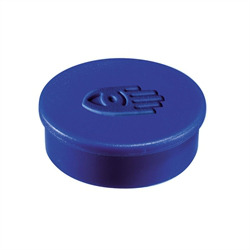
Strength 2.5 kg. 2,28 2,85 EUR
In stock -
Magnetic sheet A4, Yellow
MAGZ-199-P
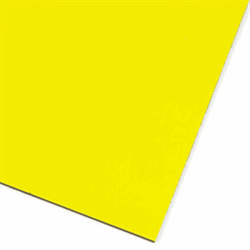
5,28 6,60 EUR
In stock -
Magnetic pocket 6x9 cm, Black
MAGZ-012-H
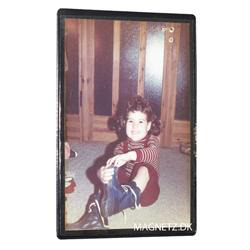
1,60 2,00 EUR
In stock -
Magnetic foil, White 10 mm. x 1 m.
MAGZ-213-M
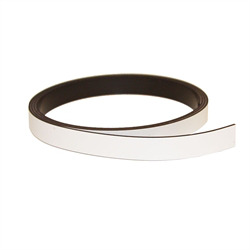
3,24 4,05 EUR
In stock -
Power magnet, Block 10x5x1 mm, Gold
MAGZ-104-G
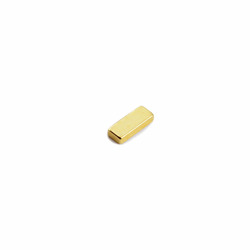
Strength 650 g. 1,08 1,35 EUR
In stock -
Power magnet, Block 8x8x4 mm.
MAGZ-096-P
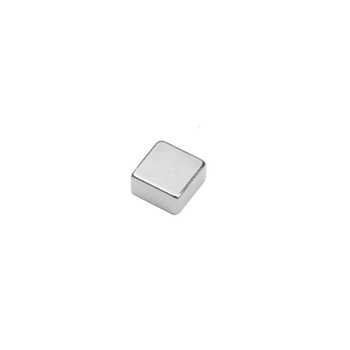
Strength 1.5 kg. 1,84 2,30 EUR
In stock -
Power magnet, Disc 12x4 mm.
MAGZ-071-P
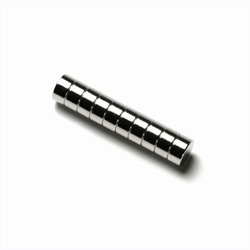
Strength 2.8 kg. 2,16 2,70 EUR
In stock -
Power magnet, Disc 30x3 mm.
MAGZ-104-P
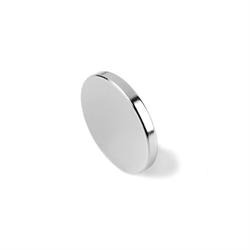
Strength 6.1 kg. 4,08 5,10 EUR
In stock -
Power magnet, Disc 6x3 mm.
MAGZ-132-P
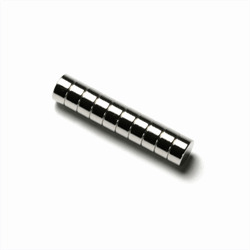
Strength 900 g. 1,28 1,60 EUR
In stock -
Power magnet, Rod 4x10 mm. SPECIAL
MAGZ-078-P
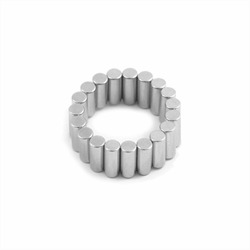
Strength 1.0 kg. 1,08 1,35 EUR
In stock -
Powerful magnet "LUDO", Orange
MAGZ-190-K

Strength 1.5 kg. 2,48 3,10 EUR
In stock -
Rubber magnet, Disc 22x6 mm.
MAGZ-041-R
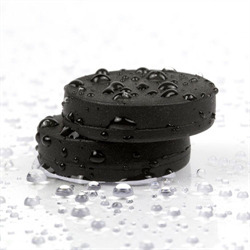
Strength 3.9 kg. 4,32 5,40 EUR
In stock -
Strong office magnet, Yellow Round
MAGZ-311-K
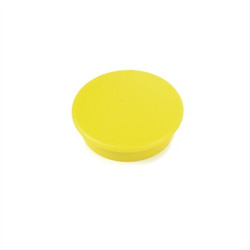
Strength 1.5 kg. 2,04 2,55 EUR
In stock -
Rubber cap for pot magnet (Ø32 mm.)
MAGZ-054-R
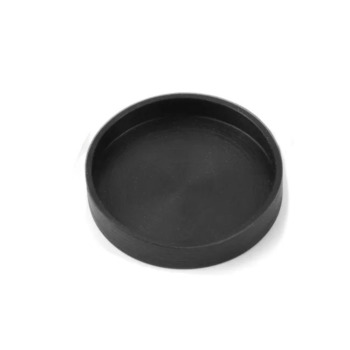
0,76 0,95 EUR
In stock